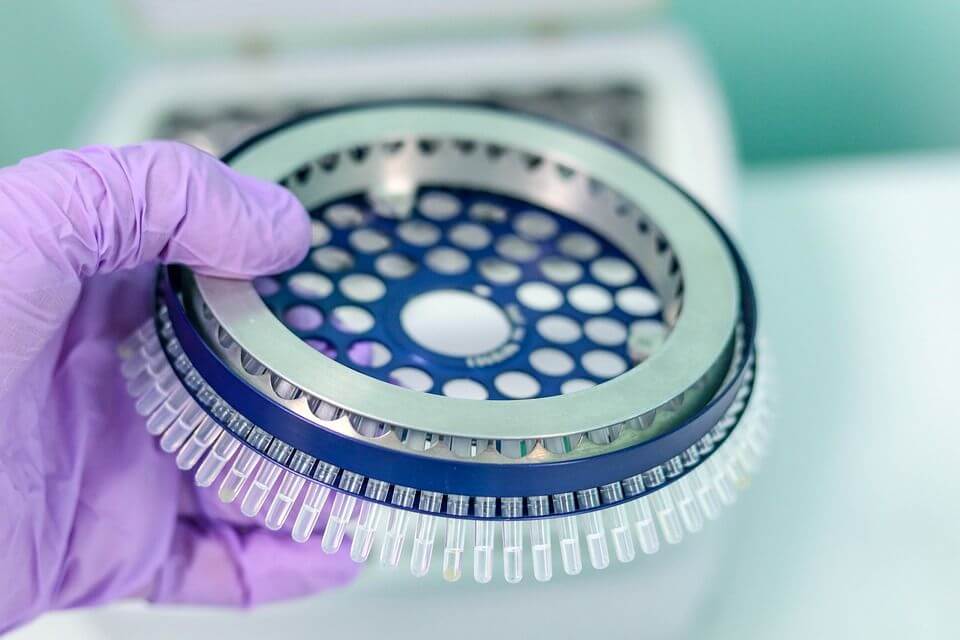The Perilous Journey of RNA: From Swabs to Test Reports

Point-of-care testing (POCT) delivers rapid results by analyzing specimens on-site rather than in centralized laboratories. The COVID-19 pandemic has made POCT an invaluable tool for expediting coronavirus detection through nucleic acid amplification tests (NAATs). But what exactly happens behind the scenes after a nasopharyngeal swab capture viral RNA until those positive test reports print?
It’s a molecular adventure.
SARS-CoV-2 is an RNA virus encapsulated by protein shells. By extracting and detecting viral RNA, infection can be confirmed. But first, patient samples in transport media must have their protein coats dissolved while preserving fragile RNA. Inactivated mediums balance infection risks during handling but may damage RNA. The lysis step is thus crucial for exposing nucleic acids.
Unlike sturdier DNA, RNA is more prone to degradation. So RNA is reverse transcribed into complementary DNA (cDNA) before undergoing polymerase chain reaction (PCR) amplification. By recursively replicating strands, PCR exponentially grows cDNA quantities for easier detection.
Past techniques like radioisotope labeling were cumbersome. But quantitative real-time PCR (qPCR) streamlines the process by incorporating fluorescent tags. Monitoring fluorescence intensity waveforms during thermocycling enables dynamic quantification without contamination risks. As newer digital PCR leverages microfluidics for absolute counts, qPCR remains the gold standard.
Finally, instruments analyze data and automatically compile results into user-friendly test reports.
In summary, three major phases bridge samples to results: specimen processing, amplification, and analysis. Commercial POCT devices integrate proprietary combinations of emerging techniques like:
-
✅Isothermal alternatives to PCR
-
✅Microfluidic digital PCR
-
✅Immunological methods besides nucleic acid testing
-
✅AI-assisted result compilation
Automationstandardizes workflows while parallel processing high volumes at incredible speeds.
Spurred by COVID-19 testing demands, diagnostics innovation is accelerating. Recently, three Finnish biomedic startups banded together to develop a hybrid PCR-Immunoassay analyzer. Launching in 2024, this multiplexing promises faster turnaround times.
Indeed, as personalized medicine keeps pushing boundaries, more precise yet accessible POCT solutions will reach remote communities currently underserved. Already furnished with scalable manufacturing infrastructure, China is poised to capitalize on this prospect of import substitution for reagents and instruments alike. The future of in vitro diagnostics has never looked brighter.
Click to View → Mantacc PCR consumables








